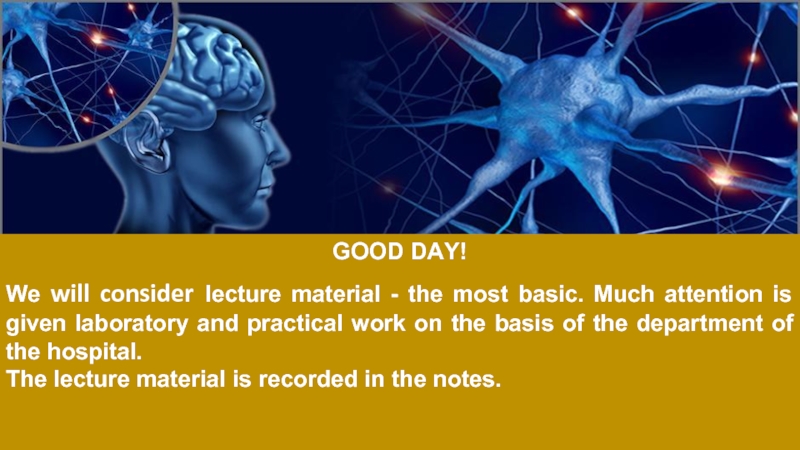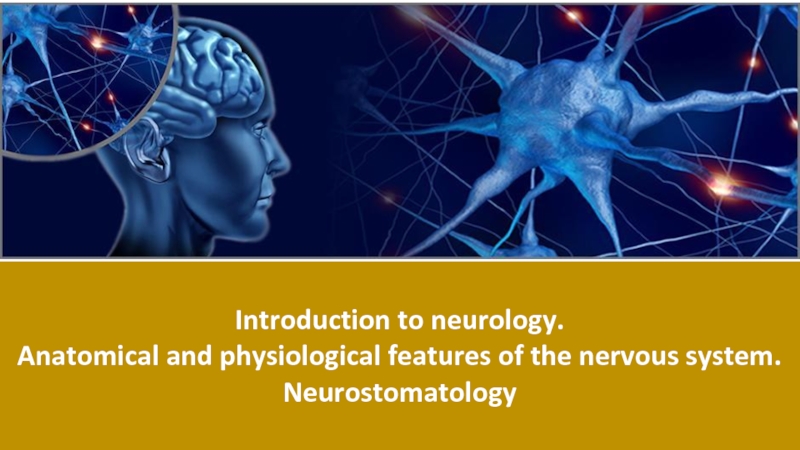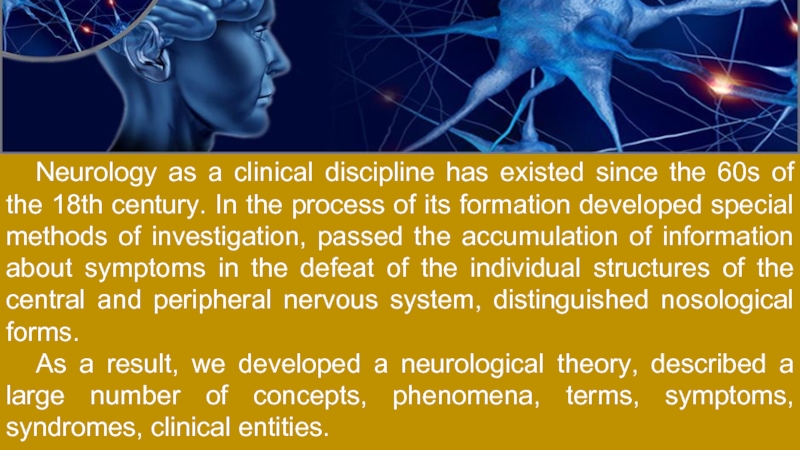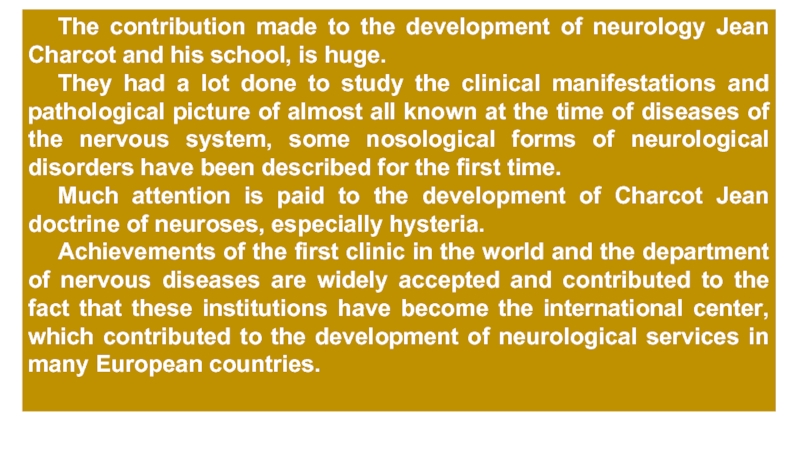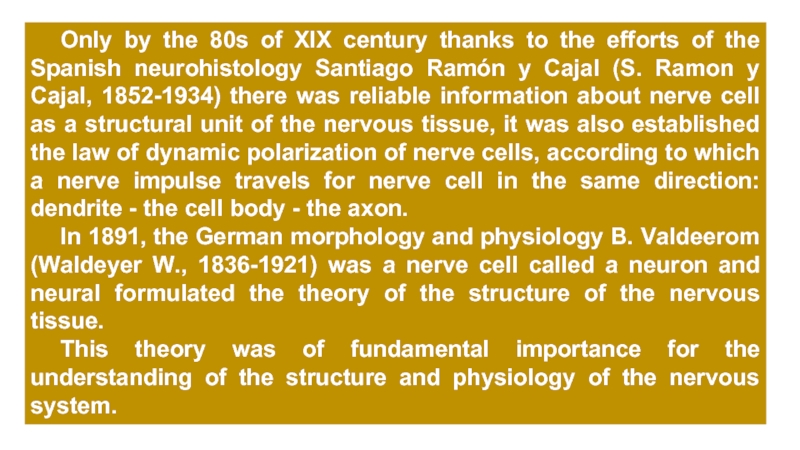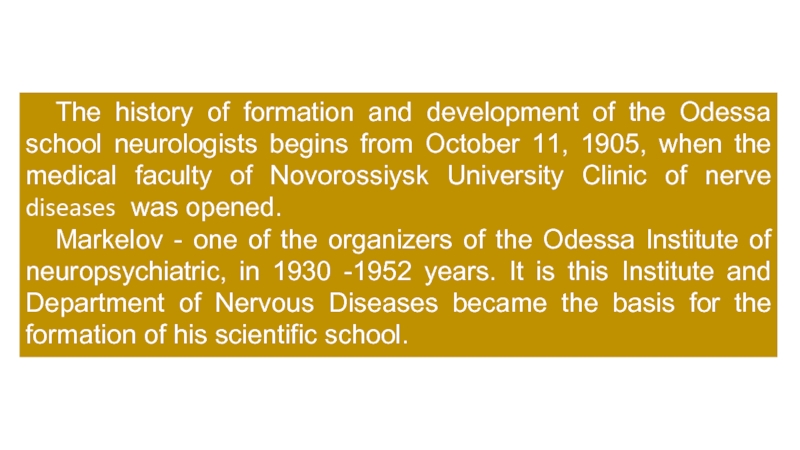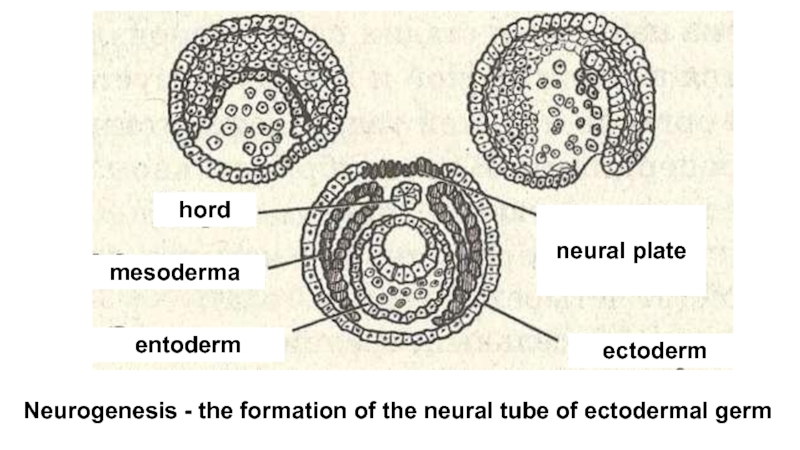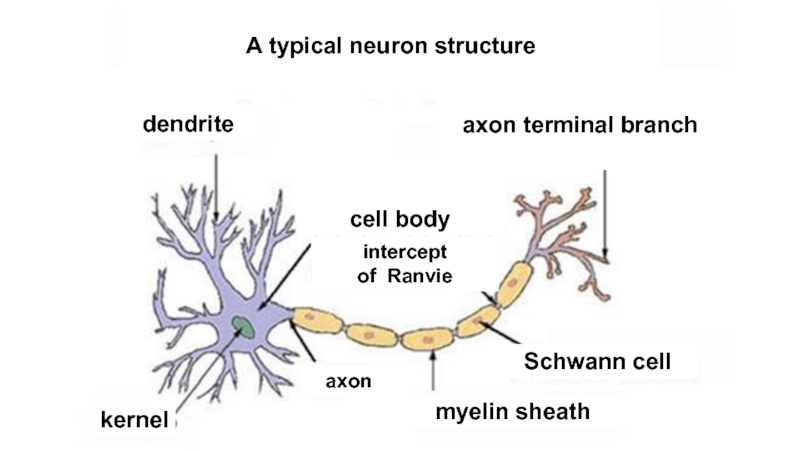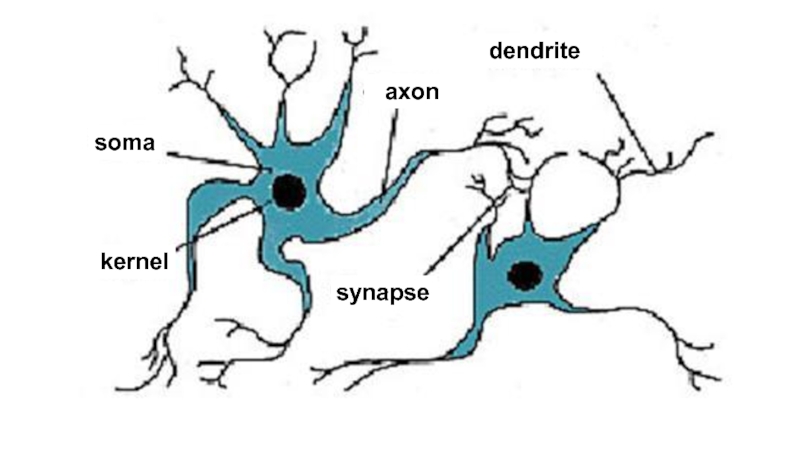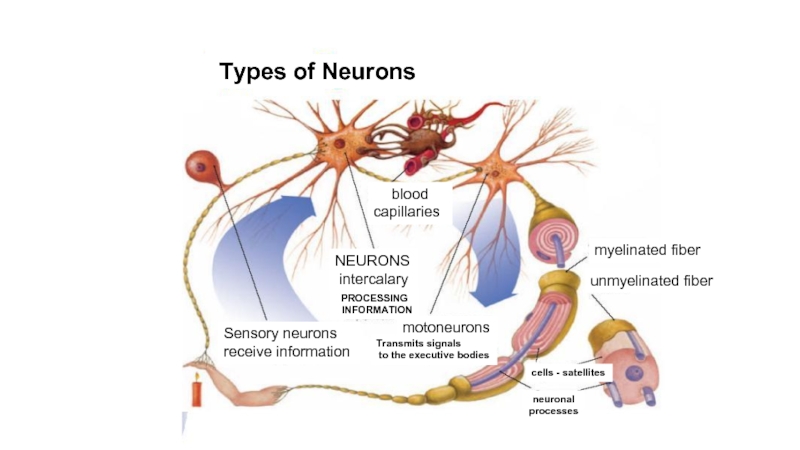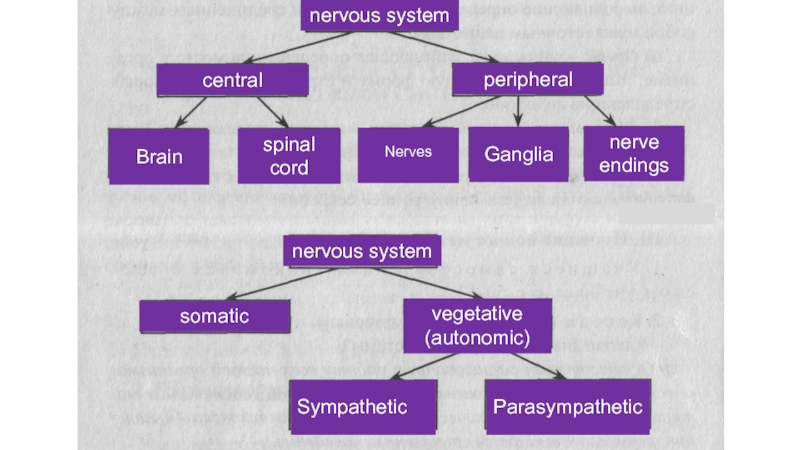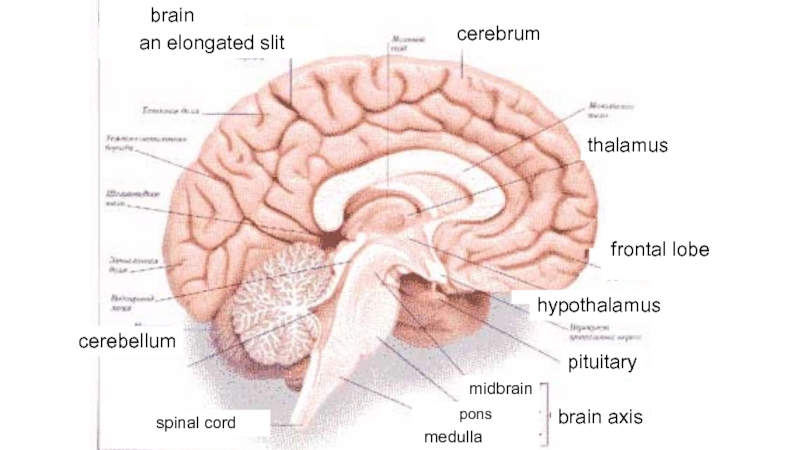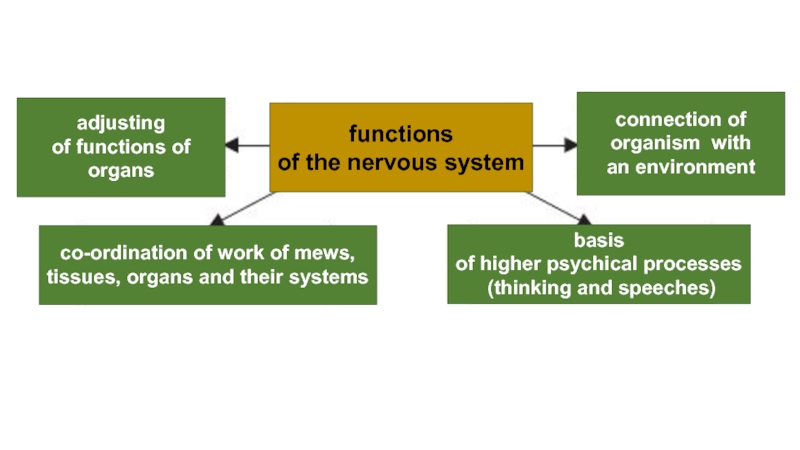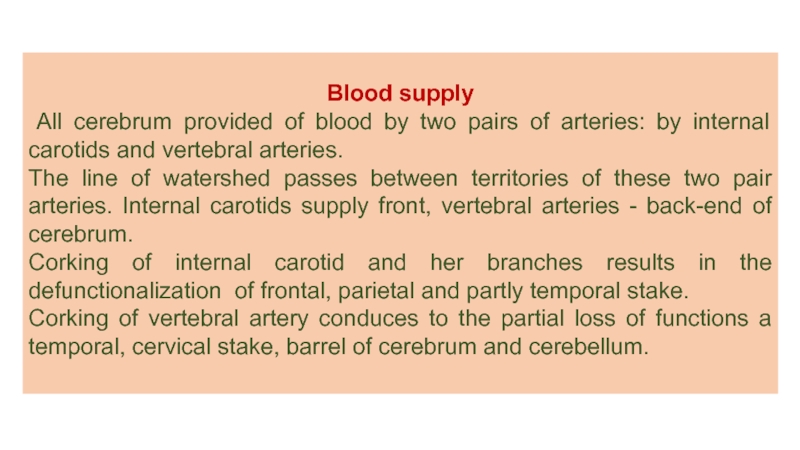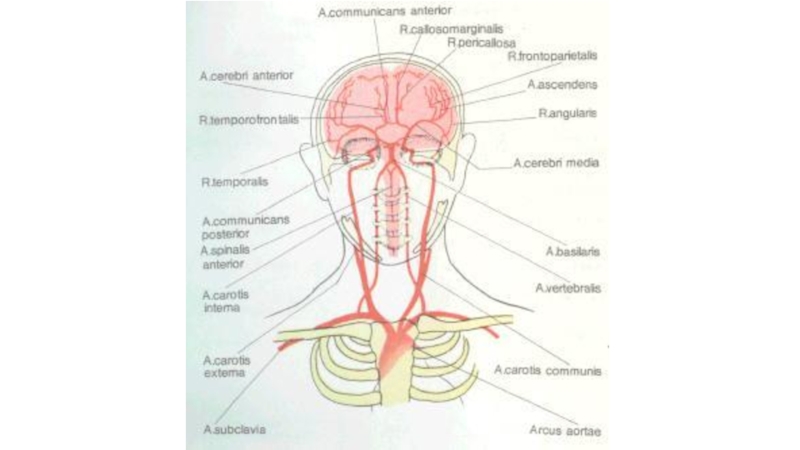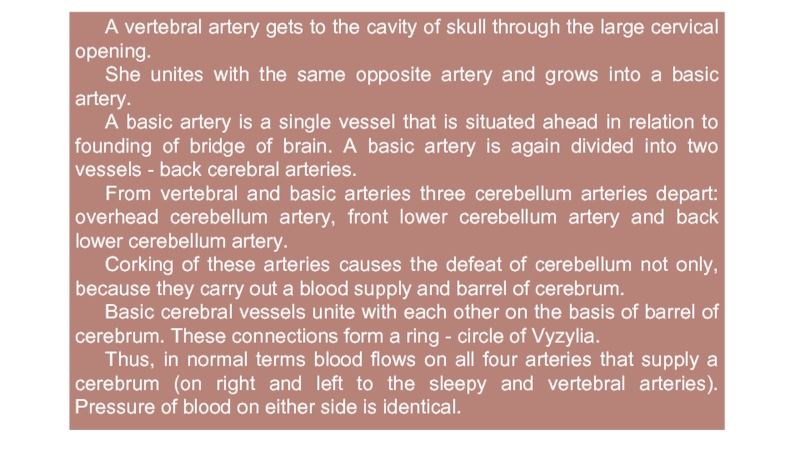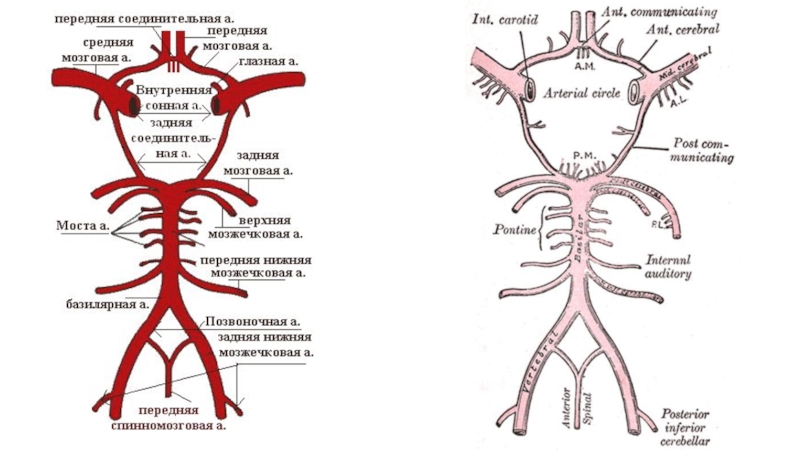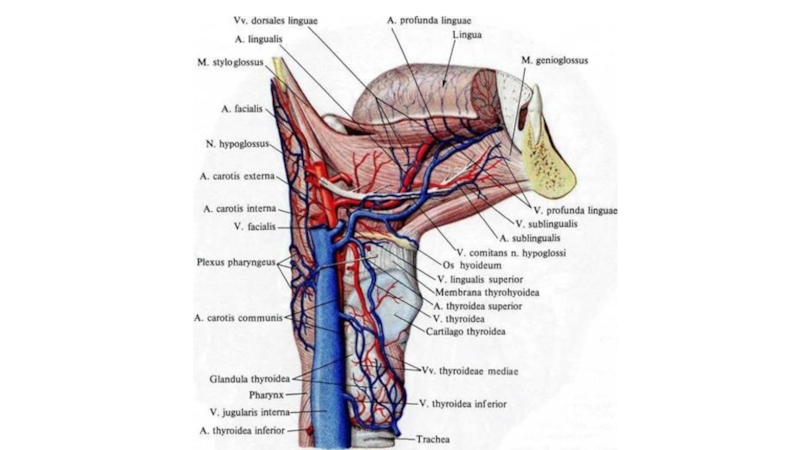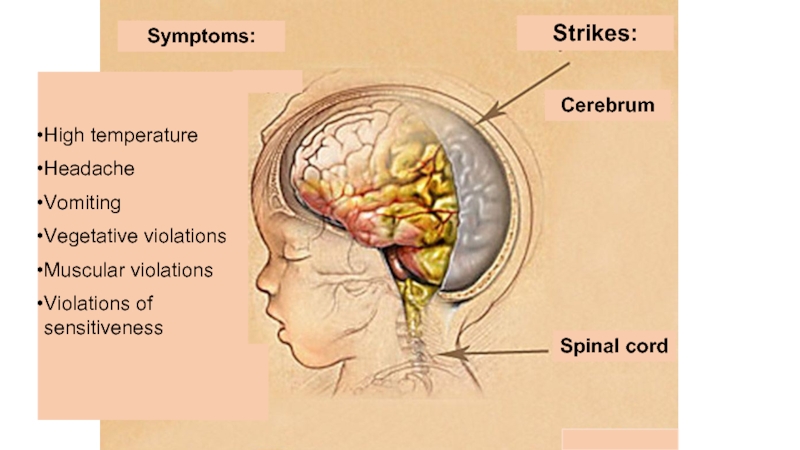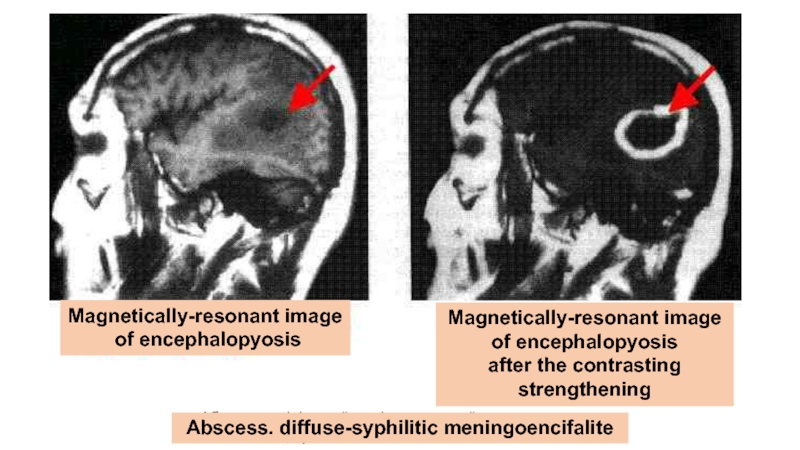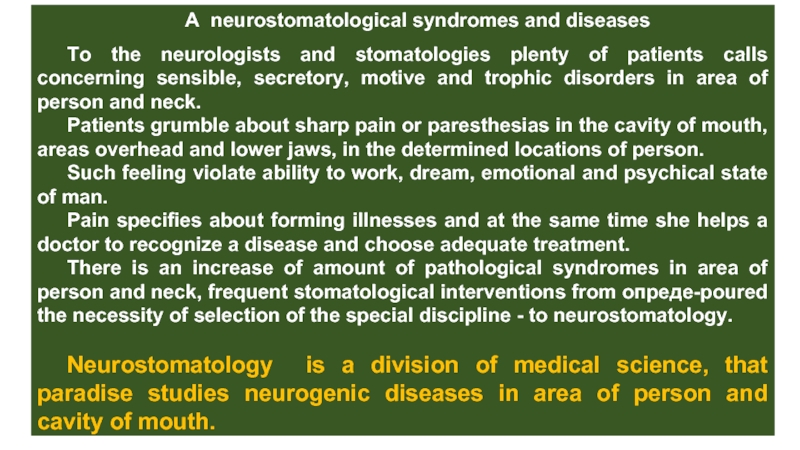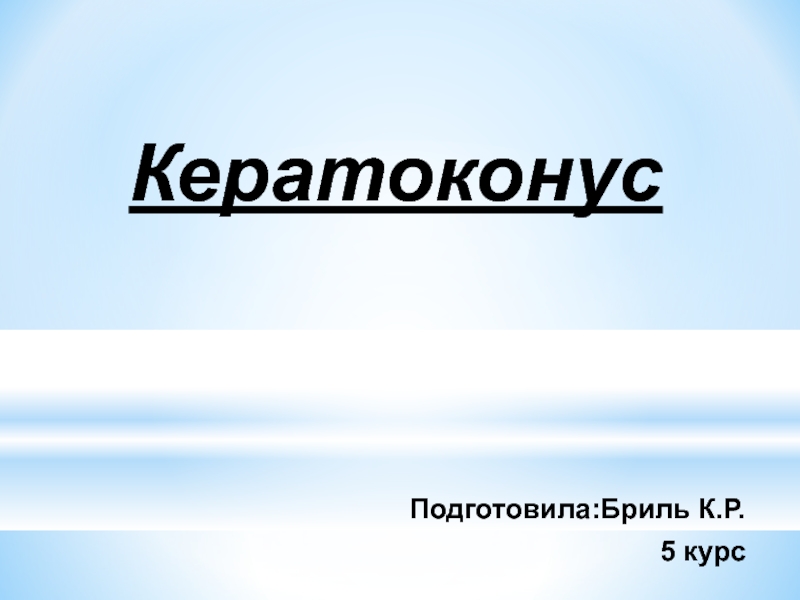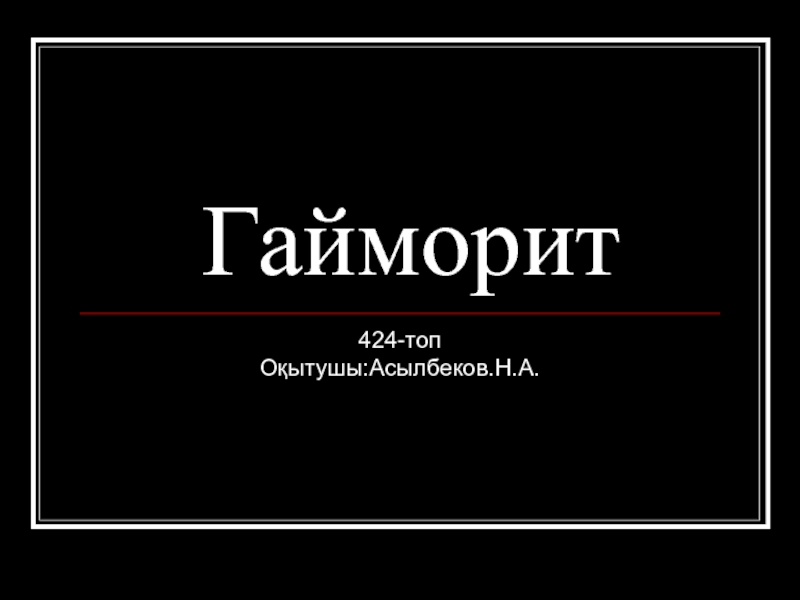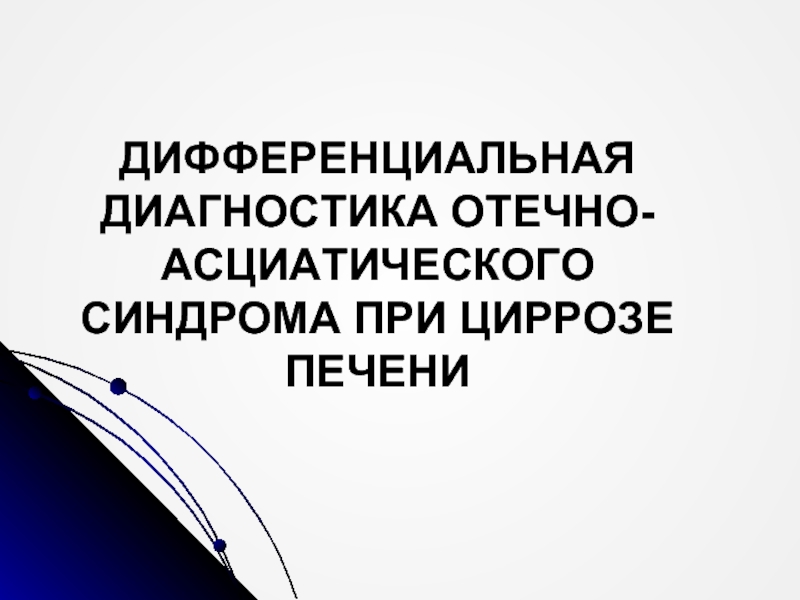Much attention is given laboratory and practical work on the basis of the department of the hospital.
The lecture material is recorded in the notes.
- Главная
- Разное
- Дизайн
- Бизнес и предпринимательство
- Аналитика
- Образование
- Развлечения
- Красота и здоровье
- Финансы
- Государство
- Путешествия
- Спорт
- Недвижимость
- Армия
- Графика
- Культурология
- Еда и кулинария
- Лингвистика
- Английский язык
- Астрономия
- Алгебра
- Биология
- География
- Детские презентации
- Информатика
- История
- Литература
- Маркетинг
- Математика
- Медицина
- Менеджмент
- Музыка
- МХК
- Немецкий язык
- ОБЖ
- Обществознание
- Окружающий мир
- Педагогика
- Русский язык
- Технология
- Физика
- Философия
- Химия
- Шаблоны, картинки для презентаций
- Экология
- Экономика
- Юриспруденция
Introduction to neurology. Anatomical and physiological features of the nervous system. Neurostomatology презентация
Содержание
- 1. Introduction to neurology. Anatomical and physiological features of the nervous system. Neurostomatology
- 2. Introduction to neurology. Anatomical and
- 3. Neurology as a clinical discipline has existed
- 4. However, we can say that until
- 5. The contribution made to the development of
- 6. Only by the 80s of XIX century
- 7. The history of formation and development of
- 8. Let us consider the functional morphology of
- 9. Neurogenesis - the formation of the neural tube of ectodermal germ
- 10. A typical neuron structure
- 11. dendrite axon kernel soma synapse
- 18. Blood supply All cerebrum provided
- 20. A vertebral artery gets to the cavity
- 25. A neurostomatological syndromes and diseases
Слайд 2
Introduction to neurology.
Anatomical and physiological features of the nervous system.
Neurostomatology
Слайд 3Neurology as a clinical discipline has existed since the 60s of
the 18th century. In the process of its formation developed special methods of investigation, passed the accumulation of information about symptoms in the defeat of the individual structures of the central and peripheral nervous system, distinguished nosological forms.
As a result, we developed a neurological theory, described a large number of concepts, phenomena, terms, symptoms, syndromes, clinical entities.
As a result, we developed a neurological theory, described a large number of concepts, phenomena, terms, symptoms, syndromes, clinical entities.
Слайд 4
However, we can say that until the middle of the XIX
century. It happened just the accumulation of empirical data on the nervous system and its diseases, which were formed on the basis of the conditions for the establishment and further development of the branch of science, called neurology.
The date of birth of neurology as an independent clinical discipline is considered to be 1860, when in the town near Paris Salpetriere in the newly rebuilt hospital is the clinical base of the Medical Faculty of the University of Paris, opened the world's first neurological department, the head of which was appointed 36-year-old doctor Jean Martin Charcot (Charcot JM, 1824-1893).
Soon, on the basis of this department was created Nervous Diseases Clinic of the Medical Faculty, University of Paris.
The date of birth of neurology as an independent clinical discipline is considered to be 1860, when in the town near Paris Salpetriere in the newly rebuilt hospital is the clinical base of the Medical Faculty of the University of Paris, opened the world's first neurological department, the head of which was appointed 36-year-old doctor Jean Martin Charcot (Charcot JM, 1824-1893).
Soon, on the basis of this department was created Nervous Diseases Clinic of the Medical Faculty, University of Paris.
Слайд 5The contribution made to the development of neurology Jean Charcot and
his school, is huge.
They had a lot done to study the clinical manifestations and pathological picture of almost all known at the time of diseases of the nervous system, some nosological forms of neurological disorders have been described for the first time.
Much attention is paid to the development of Charcot Jean doctrine of neuroses, especially hysteria.
Achievements of the first clinic in the world and the department of nervous diseases are widely accepted and contributed to the fact that these institutions have become the international center, which contributed to the development of neurological services in many European countries.
They had a lot done to study the clinical manifestations and pathological picture of almost all known at the time of diseases of the nervous system, some nosological forms of neurological disorders have been described for the first time.
Much attention is paid to the development of Charcot Jean doctrine of neuroses, especially hysteria.
Achievements of the first clinic in the world and the department of nervous diseases are widely accepted and contributed to the fact that these institutions have become the international center, which contributed to the development of neurological services in many European countries.
Слайд 6Only by the 80s of XIX century thanks to the efforts
of the Spanish neurohistology Santiago Ramón y Cajal (S. Ramon y Cajal, 1852-1934) there was reliable information about nerve cell as a structural unit of the nervous tissue, it was also established the law of dynamic polarization of nerve cells, according to which a nerve impulse travels for nerve cell in the same direction: dendrite - the cell body - the axon.
In 1891, the German morphology and physiology B. Valdeerom (Waldeyer W., 1836-1921) was a nerve cell called a neuron and neural formulated the theory of the structure of the nervous tissue.
This theory was of fundamental importance for the understanding of the structure and physiology of the nervous system.
In 1891, the German morphology and physiology B. Valdeerom (Waldeyer W., 1836-1921) was a nerve cell called a neuron and neural formulated the theory of the structure of the nervous tissue.
This theory was of fundamental importance for the understanding of the structure and physiology of the nervous system.
Слайд 7The history of formation and development of the Odessa school neurologists
begins from October 11, 1905, when the medical faculty of Novorossiysk University Clinic of nerve diseases was opened.
Markelov - one of the organizers of the Odessa Institute of neuropsychiatric, in 1930 -1952 years. It is this Institute and Department of Nervous Diseases became the basis for the formation of his scientific school.
Markelov - one of the organizers of the Odessa Institute of neuropsychiatric, in 1930 -1952 years. It is this Institute and Department of Nervous Diseases became the basis for the formation of his scientific school.
Слайд 8Let us consider the functional morphology of the nervous system.
The
founders of the cells that make up the brain tube are medulloblastomas.
In the process of maturation of the brain, they are divided into neuroblasts and spongioblasty. From neuroblasts develop neurons from spongioblastov - glia (neuroglia) and ependyma.
In ontogenesis elements of the human nervous system develops from the mesoderm (membranes, vessels, mesoglia) and the outer germ layer, the ectoderm. Initially formed neural tube, which plunges into the depths of the body of the embryo.
As a result of its rapid multiplication of cell elements having a thickening, and a cavity is converted into the central channel of the spinal cord and the cerebral ventricles.
In the process of maturation of the brain, they are divided into neuroblasts and spongioblasty. From neuroblasts develop neurons from spongioblastov - glia (neuroglia) and ependyma.
In ontogenesis elements of the human nervous system develops from the mesoderm (membranes, vessels, mesoglia) and the outer germ layer, the ectoderm. Initially formed neural tube, which plunges into the depths of the body of the embryo.
As a result of its rapid multiplication of cell elements having a thickening, and a cavity is converted into the central channel of the spinal cord and the cerebral ventricles.
Слайд 18
Blood supply
All cerebrum provided of blood by two pairs of
arteries: by internal carotids and vertebral arteries.
The line of watershed passes between territories of these two pair arteries. Internal carotids supply front, vertebral arteries - back-end of cerebrum.
Corking of internal carotid and her branches results in the defunctionalization of frontal, parietal and partly temporal stake.
Corking of vertebral artery conduces to the partial loss of functions a temporal, cervical stake, barrel of cerebrum and cerebellum.
The line of watershed passes between territories of these two pair arteries. Internal carotids supply front, vertebral arteries - back-end of cerebrum.
Corking of internal carotid and her branches results in the defunctionalization of frontal, parietal and partly temporal stake.
Corking of vertebral artery conduces to the partial loss of functions a temporal, cervical stake, barrel of cerebrum and cerebellum.
Слайд 20A vertebral artery gets to the cavity of skull through the
large cervical opening.
She unites with the same opposite artery and grows into a basic artery.
A basic artery is a single vessel that is situated ahead in relation to founding of bridge of brain. A basic artery is again divided into two vessels - back cerebral arteries.
From vertebral and basic arteries three cerebellum arteries depart: overhead cerebellum artery, front lower cerebellum artery and back lower cerebellum artery.
Corking of these arteries causes the defeat of cerebellum not only, because they carry out a blood supply and barrel of cerebrum.
Basic cerebral vessels unite with each other on the basis of barrel of cerebrum. These connections form a ring - circle of Vyzylia.
Thus, in normal terms blood flows on all four arteries that supply a cerebrum (on right and left to the sleepy and vertebral arteries). Pressure of blood on either side is identical.
She unites with the same opposite artery and grows into a basic artery.
A basic artery is a single vessel that is situated ahead in relation to founding of bridge of brain. A basic artery is again divided into two vessels - back cerebral arteries.
From vertebral and basic arteries three cerebellum arteries depart: overhead cerebellum artery, front lower cerebellum artery and back lower cerebellum artery.
Corking of these arteries causes the defeat of cerebellum not only, because they carry out a blood supply and barrel of cerebrum.
Basic cerebral vessels unite with each other on the basis of barrel of cerebrum. These connections form a ring - circle of Vyzylia.
Thus, in normal terms blood flows on all four arteries that supply a cerebrum (on right and left to the sleepy and vertebral arteries). Pressure of blood on either side is identical.
Слайд 25A neurostomatological syndromes and diseases
To the neurologists and stomatologies plenty
of patients calls concerning sensible, secretory, motive and trophic disorders in area of person and neck.
Patients grumble about sharp pain or paresthesias in the cavity of mouth, areas overhead and lower jaws, in the determined locations of person.
Such feeling violate ability to work, dream, emotional and psychical state of man.
Pain specifies about forming illnesses and at the same time she helps a doctor to recognize a disease and choose adequate treatment.
There is an increase of amount of pathological syndromes in area of person and neck, frequent stomatological interventions from опредеpoured the necessity of selection of the special discipline - to neurostomatology.
Neurostomatology is a division of medical science, that paradise studies neurogenic diseases in area of person and cavity of mouth.
Patients grumble about sharp pain or paresthesias in the cavity of mouth, areas overhead and lower jaws, in the determined locations of person.
Such feeling violate ability to work, dream, emotional and psychical state of man.
Pain specifies about forming illnesses and at the same time she helps a doctor to recognize a disease and choose adequate treatment.
There is an increase of amount of pathological syndromes in area of person and neck, frequent stomatological interventions from опредеpoured the necessity of selection of the special discipline - to neurostomatology.
Neurostomatology is a division of medical science, that paradise studies neurogenic diseases in area of person and cavity of mouth.
